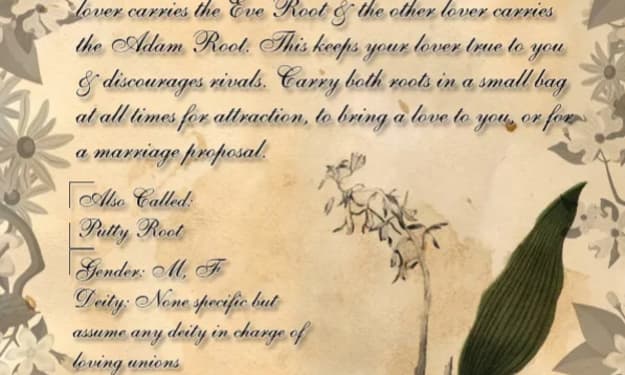
In the vast tapestry of human existence, countless stories have unfolded, each shaped by the unique interplay of circumstance, choice, and the ever-changing currents of society. Let us embark on a journey through time, exploring the diverse narratives that have shaped human life and the rich tapestry of lifestyles that have emerged along the way.
Our story begins in the distant past, when early humans roamed the earth as hunter-gatherers. Life was simple yet demanding, with survival dependent on the ability to secure food and shelter from the natural world. Nomadic tribes ventured across landscapes, following the seasons and the movements of prey. They honed their skills as skilled trackers, utilizing stone tools and harnessing fire for warmth and protection.
As time unfolded, humanity witnessed profound transformations. The development of agriculture, approximately 10,000 years ago, marked a pivotal point in human history. People settled in communities and learned to cultivate crops, harnessing the power of the land to meet their needs. The agrarian lifestyle emerged, and societies organized themselves around the rhythms of the seasons, developing complex social structures and cultural practices.
Fast forward to the Classical era, characterized by the rise of ancient civilizations such as the Greeks, Romans, Egyptians, and Chinese. These societies demonstrated remarkable advancements in architecture, philosophy, governance, and arts. Lifestyle varied greatly depending on one's position in the social hierarchy. The wealthy elite enjoyed lavish lifestyles, indulging in luxuries and pursuing intellectual endeavors. Meanwhile, the majority of the population, comprised of farmers, laborers, and slaves, led more modest lives centered around work and familial obligations.
The Middle Ages ushered in an era of feudalism, marked by the dominance of the aristocracy, a rigid social hierarchy, and the influence of the Christian church. The lifestyle of a medieval peasant was arduous, defined by backbreaking labor in the fields and subsistence living. In contrast, the noble class enjoyed privileged lives, residing in grand castles, engaging in courtly pursuits, and participating in jousting tournaments.
The Renaissance period witnessed a resurgence of interest in art, science, and humanism. Wealthy patrons supported artists such as Leonardo da Vinci and Michelangelo, who produced masterpieces that still captivate us today. The Renaissance lifestyle embraced a quest for knowledge, with scholars, philosophers, and artists striving to unravel the mysteries of the world and expand the boundaries of human understanding.
The Industrial Revolution, which unfolded in the 18th and 19th centuries, brought about profound societal changes. Machines replaced manual labor, and urban centers swelled with people seeking work in factories. The lifestyle of the working class became characterized by long hours, poor conditions, and overcrowded living spaces. The emergence of the middle class introduced a new way of life, marked by increased access to education, leisure activities, and the pursuit of material comfort.
The 20th century witnessed extraordinary progress, scientific breakthroughs, and unprecedented global conflicts. World War I and World War II reshaped societies and altered lifestyles across the globe. The post-war era brought forth an era of consumerism and the rise of the nuclear family. Advancements in technology, including the advent of television, automobiles, and the internet, transformed the way people lived, communicated, and pursued leisure activities.
Today, in the 21st century, we find ourselves in an interconnected world driven by rapid globalization and technological innovation. Lifestyles have become increasingly diverse and multifaceted, reflecting the myriad choices available to individuals in an interconnected, digital age. Urbanization has intensified, and cities have become bustling centers of commerce, culture, and creativity. People pursue careers in various industries, from finance to technology, healthcare to entertainment.
Moreover, lifestyle choices are influenced by factors such as socioeconomic status, cultural background, personal values, and environmental concerns. Some individuals embrace minimalism, seeking to simplify their lives and reduce their ecological footprint. Others prioritize wellness, adopting healthy diets, engaging in exercise, and exploring alternative healing practices. Digital nomads lead a nomadic lifestyle, leveraging technology to work remotely while traversing the globe.
In this ever-evolving landscape, the concept of lifestyle continues to expand and evolve. New generations challenge traditional norms and redefine societal expectations. The pursuit of happiness, self-fulfillment, and meaningful connections with others remains at the heart of the human experience.
As we reflect on the tapestry of human existence, it becomes clear that lifestyles are not static but dynamic, shaped by historical forces, cultural contexts, and individual agency. Our story is a testament to the resilience and adaptability of humanity, as we continue to navigate the ever-changing currents of life, carving our unique path through time.
About the Creator
Enjoyed the story? Support the Creator.
Subscribe for free to receive all their stories in your feed. You could also pledge your support or give them a one-off tip, letting them know you appreciate their work.





Comments
There are no comments for this story
Be the first to respond and start the conversation.